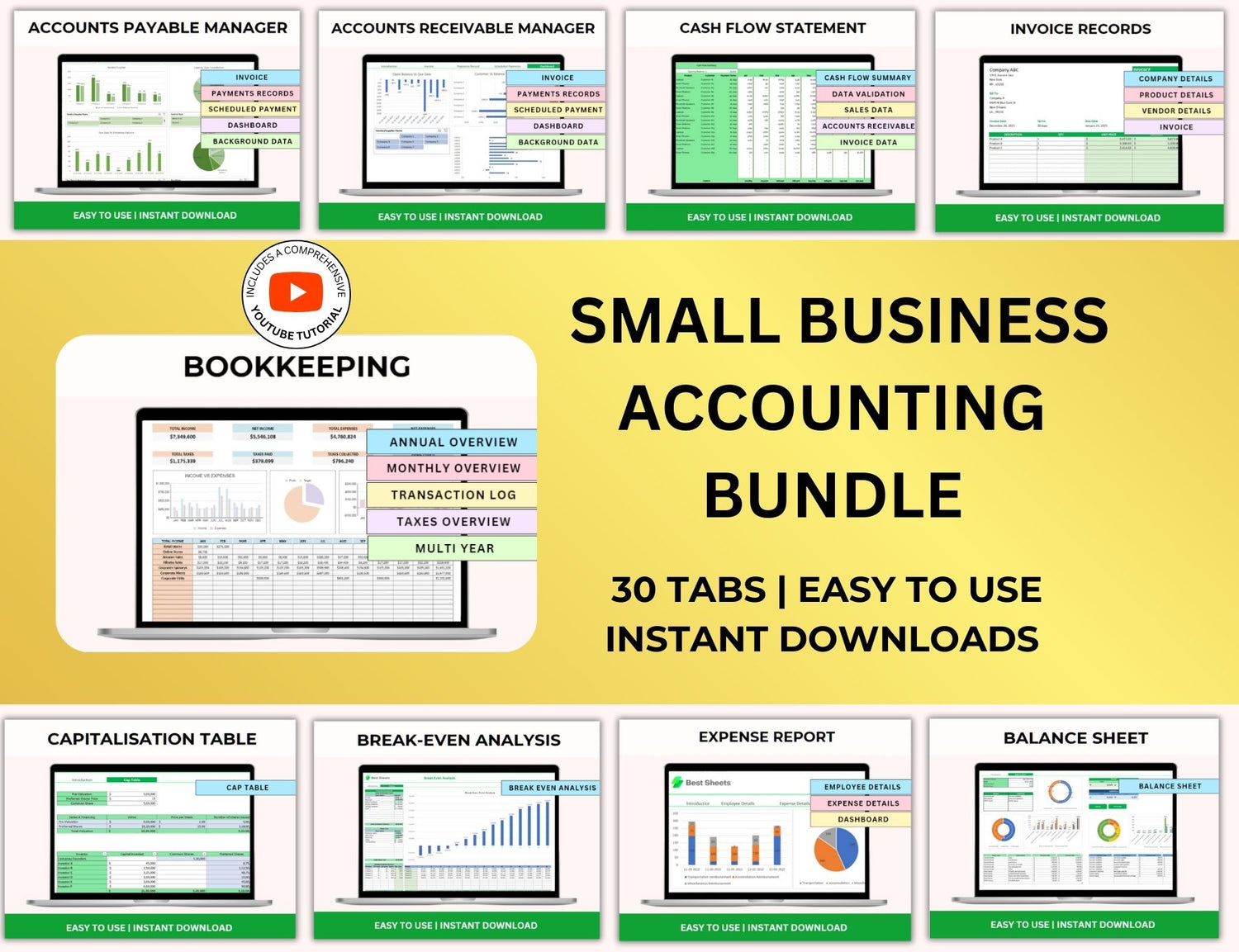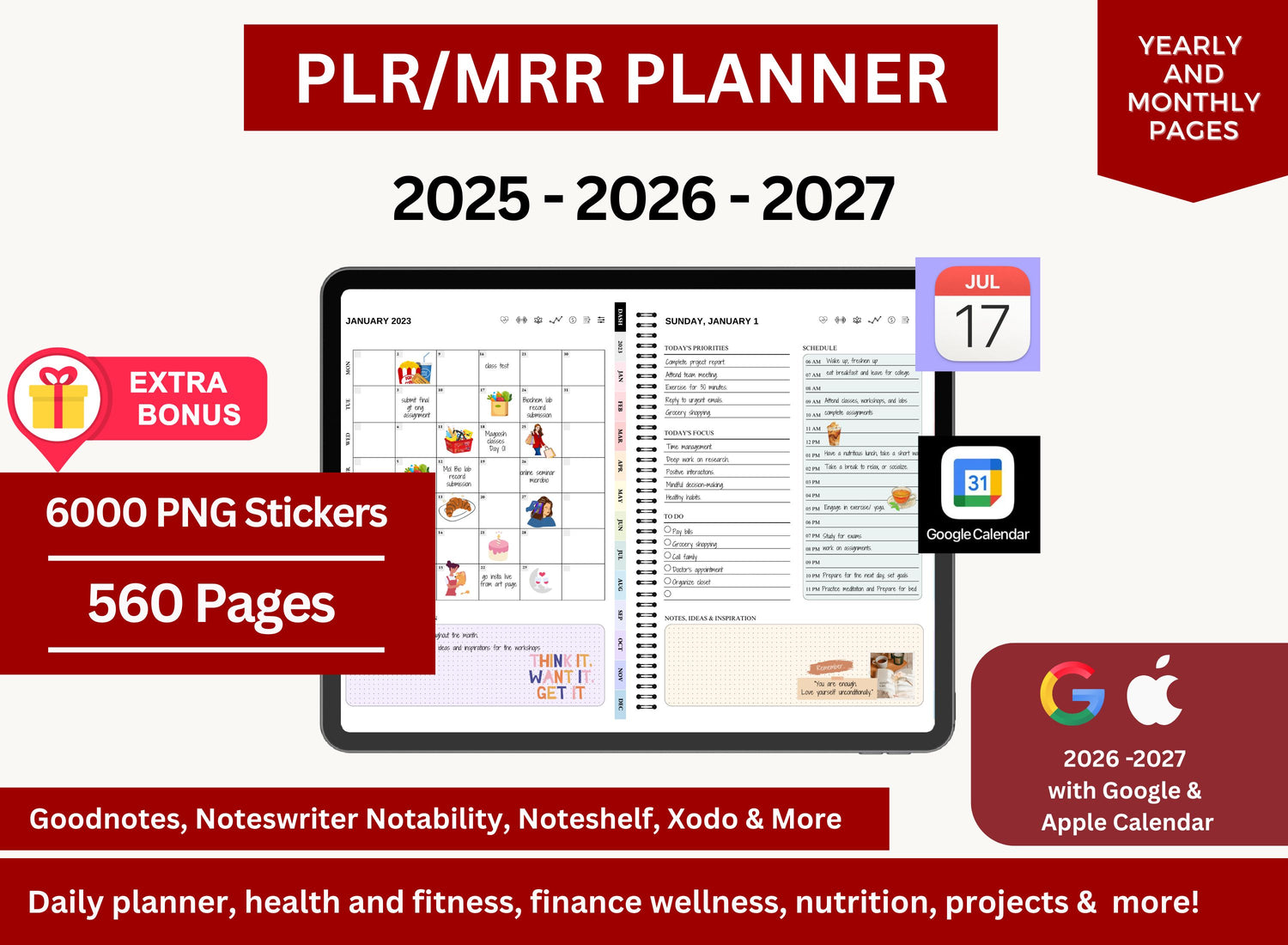How to Create a Biweekly Paycheck Budget in Excel
Creating a budget is an essential step toward financial stability and achieving your personal financial goals. A biweekly paycheck budget can help you better manage your income and expenses if you are paid every two weeks. It provides a more accurate reflection of your cash flow, making it easier to stay on track with savings, expenses, and debt repayment. Excel is one of the best tools for this task, thanks to its flexibility and ability to automate calculations.
This tutorial will show you how to create an Excel budget tracker for biweekly paychecks. Regardless of your level of Excel proficiency, this post will offer detailed instructions, useful advice, and crucial insights to assist you in creating a workable budget spreadsheet.
Page Contents
☰Why Create a Biweekly Paycheck Budget?📆
A biweekly paycheck budget helps you take control of your finances in several ways:

- Manage income and expenses more accurately: A budget for your bi-weekly paychecks enables you to keep track of your spending in a way that is more in line with your actual pay schedule because you are paid every two weeks.
- Make adjustments easier: It is simpler to set aside funds for savings, debt reduction, and discretionary expenditure when your income is more consistent.
- Help with savings goals: You can set aside money for particular objectives, like saving for a vacation or creating an emergency fund, with a biweekly payroll budget.
- Track spending patterns: Biweekly financial monitoring enables you to promptly spot spending patterns and make necessary adjustments to improve your budget.
📝Step-by-Step Guide to Creating a Biweekly Paycheck Budget Template in Excel
Step 1: Open Excel and Create a New Workbook
Start by opening a new workbook in Excel. You can name the file “Biweekly Paycheck Budget Tracker” or something similar that will help you identify the document.
You will make a budget planner for your biweekly paychecks in this workbook, which will track your earnings, outlays, saves, and more. If more than one sheet is required, you can make one for final computations, another for recording expenses, and one for tracking income.
Set Up Your Sheet
-
Label Columns: The columns in your bi-weekly paycheck budget tracker should include the following key categories:
- Paycheck Date
- Income
- Fixed Expenses
- Variable Expenses
- Savings
- Debt Repayments
- Remaining Balance
- Set up the rows for each of these categories. The first row will be your header with labels, and each subsequent row will represent a specific paycheck period.
Step 2: Enter Your Income Details
Your income is the first item in your biweekly paycheck budget tracker. Your after-tax income, or the amount you really take home after deductions, should be included to give accuracy.
Steps to Enter Income:
- You should enter the amount you get each pay period in the Income box. Add up all of your sources of income, including side gigs, part-time jobs, and freelancing, to get a precise figure.
- Use real figures and, if necessary, account for fluctuations in compensation (bonuses, commissions, or overtime).
For example, if you earn $2,000 every two weeks after taxes, you’ll enter this amount under the “Income” column for the respective paycheck period.
Pro Tip:
To calculate monthly income, you can use the formula =SUM(Income * 26 / 12) if you’re paid bi-weekly (26 paychecks in a year).
Step 3: Add Fixed Expenses
Bills that remain constant from month to month are known as fixed costs. These consist of payments for utilities, rent or a mortgage, auto insurance, subscriptions, and other expenses.
Steps to Enter Fixed Expenses:
- List all of your fixed expenses in the Fixed Expenses column.
- For each paycheck period, enter the amount you pay for each fixed expense.
Example:
- Rent: $1,000 (bi-weekly portion: $500)
- Utilities: $200 (bi-weekly portion: $100)
- Car payment: $300 (bi-weekly portion: $150)
Total Fixed Expenses for the paycheck: $500 (Rent) + $100 (Utilities) + $150 (Car payment) = $750
This helps ensure you stay on top of your essential, non-variable costs.
Step 4: Track Variable Expenses
Payroll to paycheck, variable expenses change. These can include expenses for personal use, entertainment, eating out, shopping, and gas.
Steps to Track Variable Expenses:
- List all of your variable costs and calculate the average amount you spend on each.
- Enter your real spending for each variable category for each pay month.
For example, if you spend $400 on groceries and $100 on entertainment in a given pay period, you’ll enter these amounts in the Variable Expenses column.
To keep your budget accurate, make sure to regularly update this category based on actual spending.
Step 5: Plan for Savings
An essential component of every budget is saving money. You can set aside a certain amount of each paycheck for savings when you use an Excel budget for biweekly paychecks.
Steps to Track Savings:
- Decide how much you want to save each pay period. Aim for at least 20% of your income, but feel free to adjust this based on your financial goals.
- Enter the amount you wish to save under the Savings column.
Example: If you plan to save $100 per paycheck, enter $100 in the Savings column for each paycheck.
This amount can be changed as needed to account for unforeseen costs or modifications to your financial objectives.
Step 6: Account for Debt Repayments
If you have debt, such as personal loans, school loans, or credit card debt, it's critical to monitor your monthly payments. You can be confident you're moving closer to debt freedom by doing this.
Steps to Track Debt Repayments:
- List all of your debt obligations, such as credit card payments, student loan payments, or car loan repayments.
- Enter the amount you plan to pay for each debt category in the Debt Repayments column.
Example: If your credit card payment is $200 every paycheck, you’ll enter $200 under the Debt Repayments column.
Step 7: Calculate the Remaining Balance
It's time to figure out how much money you have left over after entering all of your income, expenses, savings, and debt repayments. This is the amount that remains after all savings and expenses have been deducted.
Formula for Remaining Balance:
The formula to calculate your remaining balance is:
Remaining Balance = Income - (Fixed Expenses + Variable Expenses + Savings + Debt Repayments)
In Excel, you can input this formula for each paycheck period to automatically calculate the remaining balance. For example:
= B2 - (C2 + D2 + E2 + F2)
Where:
- B2 is your income for the paycheck
- C2 is your fixed expenses
- D2 is your variable expenses
- E2 is your savings
- F2 is your debt repayments
Step 8: Review and Adjust Your Budget Regularly
Since a budget is a dynamic document, it should be examined frequently and modified in response to changes in your financial circumstances. Here's how to manage your spreadsheet for your biweekly paycheck budget:
- Update your budget after each paycheck: Enter your actual income and expenses.
- Adjust variable expenses: As your spending habits change, adjust your budget accordingly.
- Monitor savings: Track your progress toward your savings goals and make adjustments if needed.
- Review remaining balance: Ensure that you’re not overspending and have enough money for each category.
📌Excel-Related Queries on Biweekly Paycheck Budgeting!
1. How to budget with a biweekly paycheck?
╰┈➤ˎˊ˗ Instead of organizing your budget by month, start by making a spreadsheet that does it by pay period. Create the following columns: Income, Savings, Fixed Expenses, Variable Expenses, Pay Date, and Leftover. Compared to monthly budgeting, the 26 pay periods in a year equate to two additional paychecks; utilize those extra funds for debt repayment or savings. Assign fixed expenses, such as rent or auto payments, to particular paychecks so that you always have the funds available when they're due.
2. How to do 50/30/20 rule biweekly?
╰┈➤ˎˊ˗ The 50/30/20 rule is easy to apply biweekly. Take your after-tax income for each paycheck and divide it as follows:
- 50% to Needs (rent, utilities, groceries)
- 30% to Wants (dining out, entertainment)
- 20% to Savings or Debt (emergency funds, debt payments)
In Excel, use formulas to automatically calculate each category:
= Net Paycheck * 0.50
Repeat for 0.30 and 0.20 to distribute funds properly each time you're paid.
3. How to save if you get paid biweekly?
╰┈➤ˎˊ˗ You benefit from biweekly paychecks because you receive an "extra" paycheck twice a year. Use those to achieve savings objectives, such as investment or emergency fund building. Make a savings tracker in Excel and set up a savings line item to be automatically deducted from each paycheck. Saving even $50 a check adds up to more than $1,300 annually.
4. What is the 40-40-20 budget rule?
╰┈➤ˎˊ˗ The 40-40-20 rule is another budgeting strategy:
- 40% to Needs
- 40% to Savings/Investments
- 20% to Wants
This method can help you attain your financial objectives more quickly and is more active when it comes to saving. By modifying the calculations in your Excel sheet appropriately, you can effortlessly incorporate this into your biweekly budget.
🔎Frequently Asked Questions (FAQs)
1. How do I track multiple sources of income in my bi-weekly paycheck budget tracker?
╰┈➤ˎˊ˗ The Income column allows you to add more than one source of income. You can also determine the total of these incomes through adding all of them using the SUM formula. This guarantees that you can see your cash flow in its entirety.
2. Can I track irregular expenses, such as car repairs or medical bills, in a bi-weekly paycheck budget template?
╰┈➤ˎˊ˗ Yes! Unusual expenses might be added to variable expenses or put into their own category. As needed, you can enter one-time expenses during the relevant pay period.
3. How can I automate calculations in my bi-weekly paycheck budget spreadsheet?
╰┈➤ˎˊ˗ Excel lets you automate calculations with formulae. For instance, you can determine the total income, savings, or expenses for each pay period by using the SUM function. Also, figure out your remaining amount by deducting your expenses from your revenue using basic calculations.
4. Can I use this bi-weekly paycheck budget planner for both bi-weekly and monthly budgets?
╰┈➤ˎˊ˗ Yes, this spreadsheet is easily modified for both monthly and biweekly budgets. Instead of tracking your income and expenses over two-week periods, you could simply track them over the entire month for a monthly budget.
Making an Excel budget for your biweekly paychecks is an excellent approach to keep accurate track of your earnings and outlays!
These easy steps can help you better manage your money and make wise choices regarding debt repayment, spending, and saving. You can easily automate and update your budget with Excel's robust formulas, allowing you to make necessary adjustments.
You will have the information and resources necessary to make more informed financial decisions if you consistently use your budget tracker for your biweekly paycheck.














